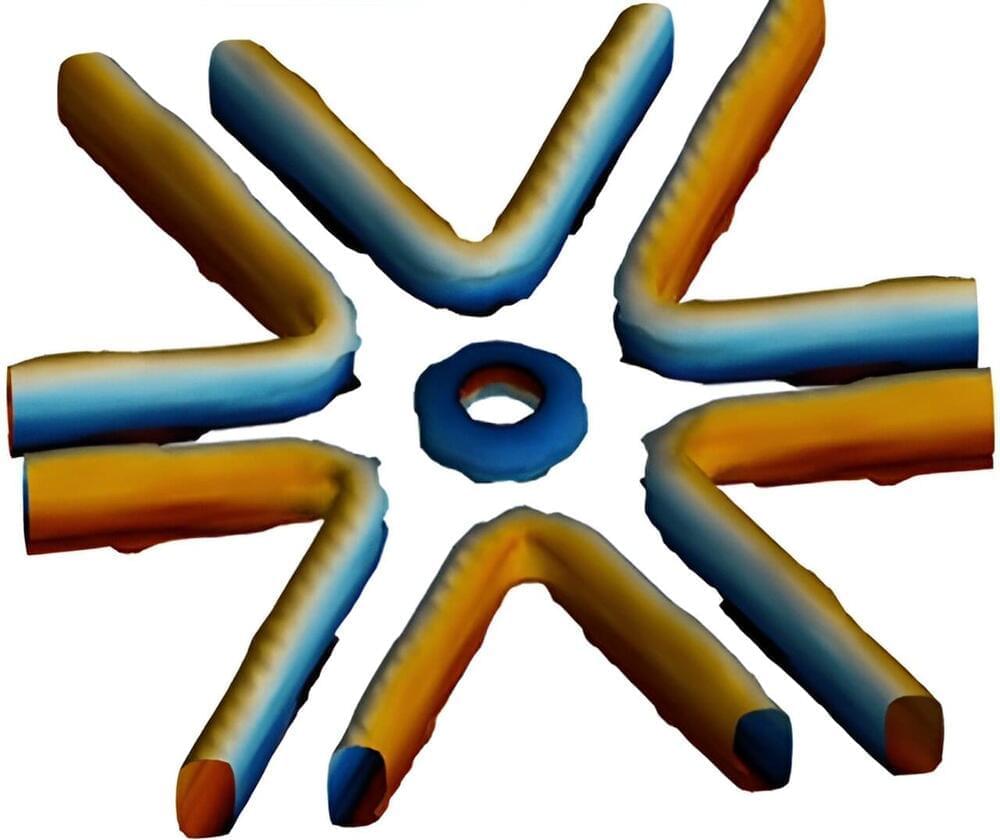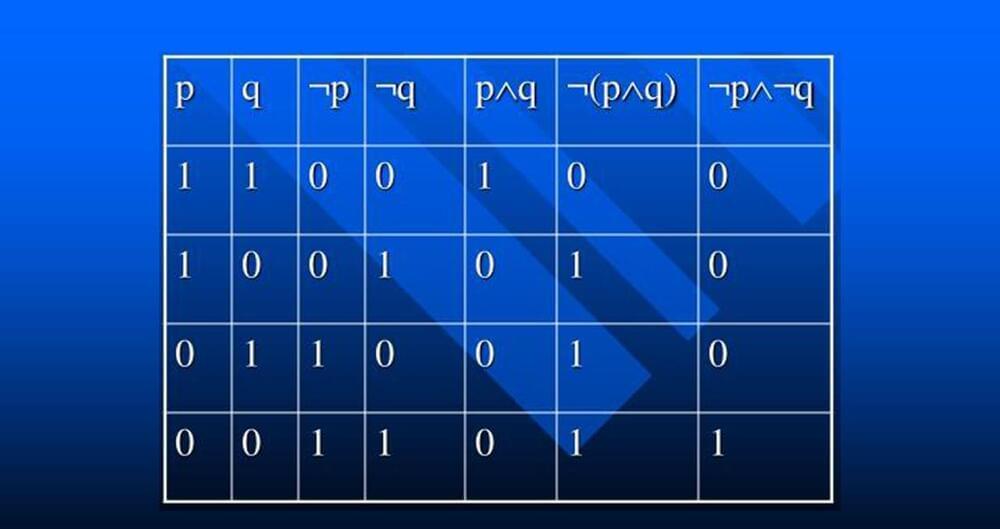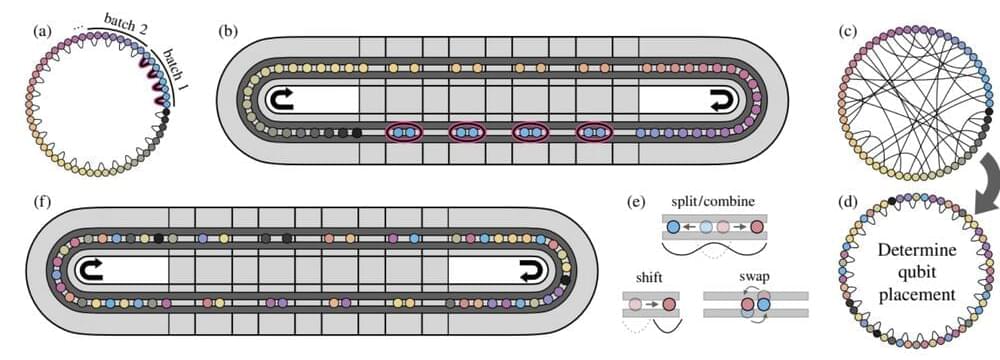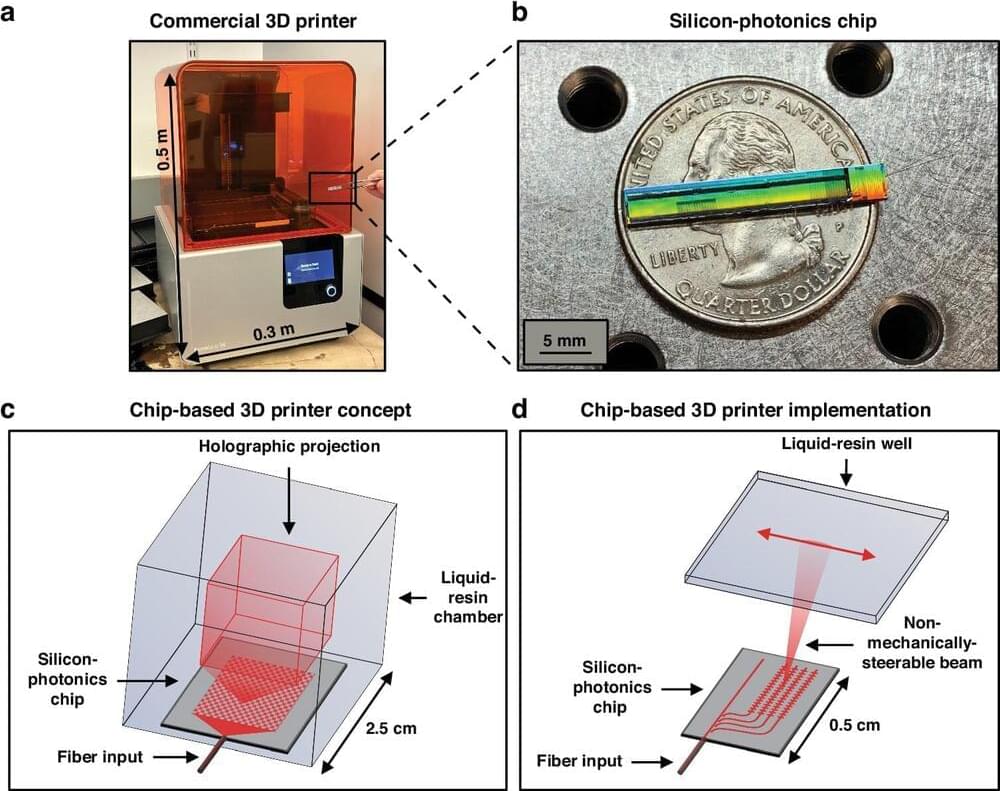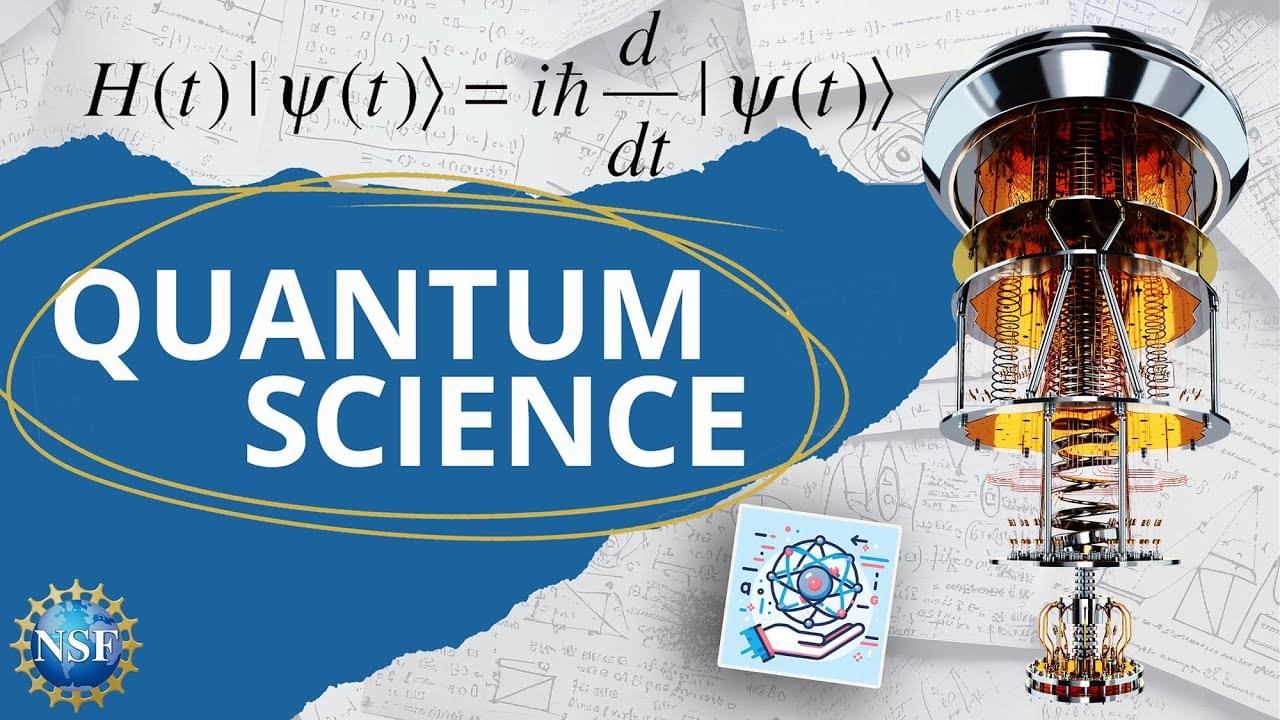Jun 7, 2024
Quantum chemistry and simulation help characterize coordination complex of elusive element 61
Posted by Saúl Morales Rodriguéz in categories: chemistry, computing, quantum physics
When element 61, also known as promethium, was first isolated by scientists at the Department of Energy’s Oak Ridge National Laboratory in 1945, it completed the series of chemical elements known as lanthanides. However, aspects of the element’s exact chemical nature have remained a mystery until last year, when a team of scientists from ORNL and the National Institute of Standards and Technology used a combination of experimentation and computer simulation to purify the promethium radionuclide and synthesize a coordination complex that was characterized for the first time. The results of their work were recently published in Nature.


